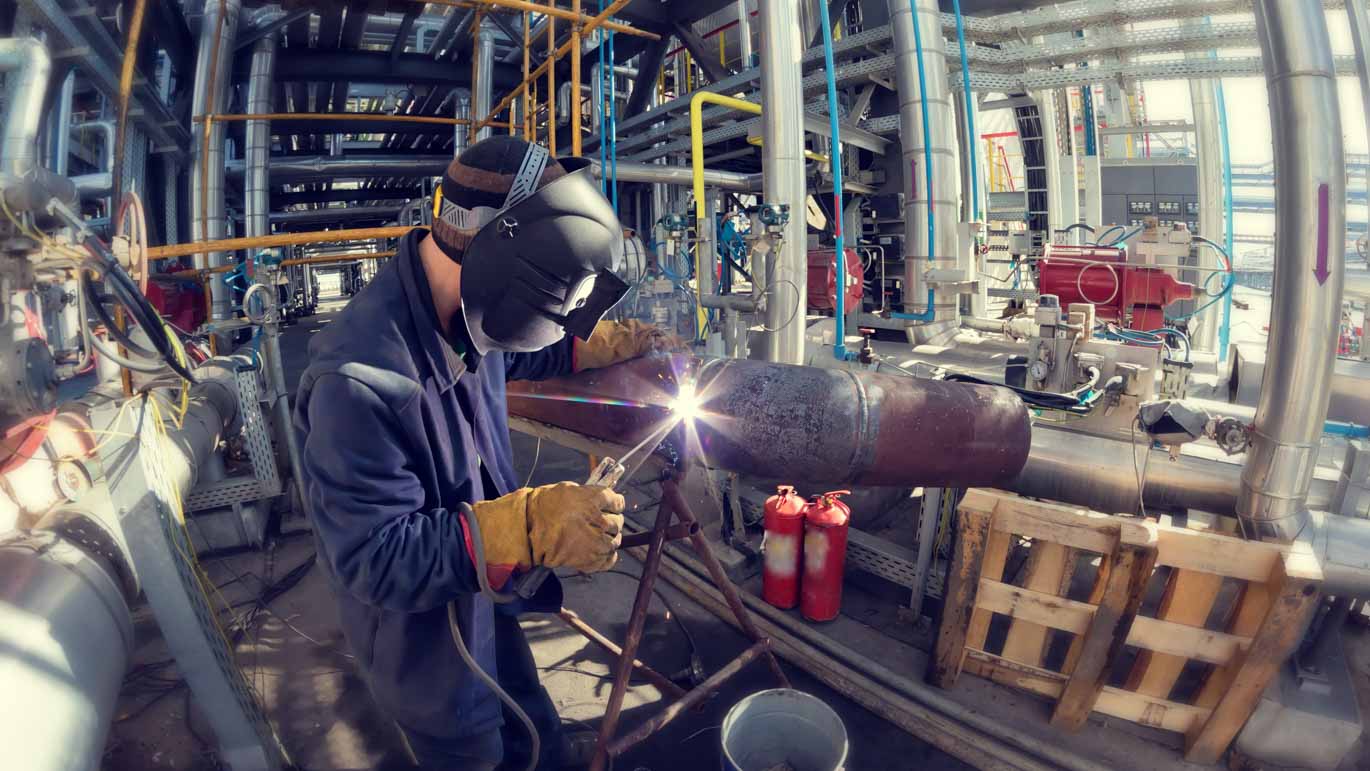Your Path of Construction has the power to drive incredible efficiencies. Are you making the most of it?
Most owner companies now acknowledge that the most efficient project delivery systems are driven by the demands of construction.
In a presentation to the Construction Owners Association of Alberta last year, industry experts Glen Warren, Yogesh Srivastava and Joe Hobbs put Path of Construction at the epicenter of all work package planning, from engineering to procurement and beyond.
“THE KEY to successful workface planning (WFP) within advanced work packaging (AWP) implementation is to have engineering work packages and procurement work packages provided complete and on time to support the Path of Construction on your project,” they said.
The entire AWP/WFP strategy is dependent on engineering and procurement providing their deliverables to meet the path of construction.”
This realization has prompted many Owner and EPC companies to embrace practices that support construction-driven delivery. Many continue to refine the Path of Construction efforts by honing the sequence of construction work areas and packages with improved construction execution logic and smarter installation planning.
Still, the practice is still in its infancy and many companies aren’t doing all they could to improve efficiencies. Here are six signs you’ve lost your way on the Path of Construction:
1 | You don’t have a construction manager on board from the start.
Even companies that understand the importance of construction-driven project delivery continue to hire the construction manager two or three months before construction starts. It’s a seminal mistake. Construction-driven engineering and procurement work packages require the application of deep construction expertise — from the very beginning. Hire your construction manager early. Get them engaged in the front-end loading phase. They should be a key contributor to your construction execution strategy or pan.
If you don’t have your construction manager on board early on, your Path of Construction may not hold. And that is a recipe for cost overruns and delays.
2 | You haven’t identified the major equipment constraints on-site.
Many companies still set out a Path of Construction without fully accounting for site constraints, particularly as they apply to major equipment. What is the availability of major engines, and how will they access the site? We’ve written before about how understanding site conditions is key to front-end definition, and it’s critical that these learnings be incorporated into the Path of Construction. Otherwise, it may not hold.
3 | You don’t know key supply chain dates.
Most equipment and materials are delivered in accordance with a schedule monitored by your procurement team. We are always surprised by how many companies haven’t taken these delivery dates into account when defining the Path of Construction. If you don’t know your key supply chain dates, you can’t evaluate the impact on your POC, and you’re bound to run unnecessary risks as a result. Run your Path of Construction by your procurement teams and make sure your assumptions are aligned with the availability of material and equipment on site.
4 | Your Path of Construction isn’t aligned with your contracting matrix.
On most projects, the Path of Construction and the contracting strategy are developed simultaneously, but that’s no excuse for a POC that fails to take the contracting matrix into account. In practice, contract scopes often influence (or even determine) the definition of construction work packages, and vice-versa. Developing a POC without considering your contracting strategy is a recipe for disaster.
Make it a priority to incorporate your contracting matrix into your Path of Construction, even if both are still in draft form. Later, when everything starts to firm up, go back and make sure the Path of Construction still holds. Schedule regular POC updates every two or three weeks, and make sure your project manager, engineer, construction manager and AWP representative are all there. The key is to stay in risk identification and interface clarification mode at all times. That’s the recipe for success.
5 | You think Constructability Analysis and Path of Construction are the same thing.
Constructability is a foundational component of construction management theory, and chances are you’re already doing constructability reviews as a Value Improvement Practice. It’s important, but it’s not the same thing as a Path of Construction.
Fundamentally, constructability is about “how to” and POC is about “when to.” Your constructability analysis helps you to figure out which construction techniques are relevant to your scope. What material will you need? What technique will you use? Are we welding on-site or off-site? By contrast, Path of Construction is about when you will take each step, and in what sequence. What date will the materials arrive? Will the required engines be on-site at the correct time? When will the welded materials be ready for installation?
6 | Your PoC is sitting on a shelf. Somewhere.
We’ve written before about the incredible organizational value of a live Project Execution Plan, and The Path of Construction is a key component of this critical document. It should be updated and consulted regularly by both office and field teams. Your project manager should be meeting with your construction manager and engineer at least once every week or two, to review and refine the POC (and the live PEP).
A Path of Construction is only as useful as the information contained within it – keep it alive!
Learn about how the Concord® Team and platform can support your project’s AWP delivery and PoC here.





